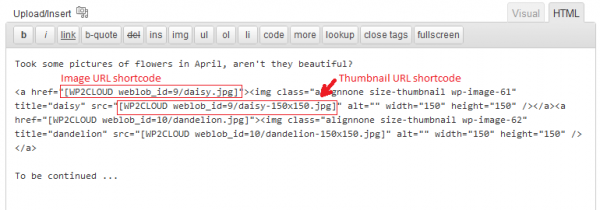Plugins come and go, but some have real lasting power. With the perspective of 2012 behind me, here are a few that made my life much easier. I hope they can help you too.
A small note: I like to code most of my front-end effects myself. I don’t usually rely on plugins for galleries, carousels, tabs or the like as I find they usually make a mess of your otherwise perfectly semantic front-end code. Just one man’s opinion. But anyway, you won’t find anything like that on this list.
Here’s my favorites of 2012:
Advanced Custom Fields
Custom Fields have been around for some time now, and have helped launch WordPress from a pure blogging platform to a CMS with endless expandibilty. If you use custom fields, you can do anything. And I do mean anything, but the API can be a little hard to get the hang of for those just starting out.
Enter Advanced Custom Fields. This useful plugin lets you select from different kinds of custom fields that you can append to your post. Each type has a custom UI taiolred for that type, including a Color Picker, Date Picker, WYSIWYG, media uploader, and a ton more.
Basically, if you have something you would like to accomplish with Custom Fields (see above: anything) Advanced Custom Fields can help you do it. There are loads of custom fields plugins out there but Elliot Condon makes sure that his plugin is always up to date and there is excellent support around it, and it’s all free.
WP2Cloud
Content Delivery Networks (CDN) have become all the rave in 2012. They deliver content quicker, keep hosting costs down and can be very easy to maintain if used properly. Personally, I use Amazon Web Services for all my CDN needs, but a lot of people seem to be moving towards Google Cloud Storage.
But you like using the WordPress media uploader to upload your files. And with all the improvements made in 3.5, you’d be a fool not too. There must be an easy way to integrate a CDN into your site without disrupting your workflow. Oh wait, there is. It’s called WP2Cloud. The concept is pretty simple. Install the plugin.
Set up ClouSE (don’t skip this step) on your MySQL database, and activate the plugin. With just a couple of configuration options, you’ll have your WordPress install syncing just your data, just your media, or both, with your CDN of choice. Bonus Point: Great Documentation.
W3 Total Cache
Here it is. The big question: Which cache plugin do I prefer? Hypercache, Supercache, Total Cache or about a dozen others. For me, the answer is simple. I set up Total Cache on bascially every website I install. Why? Because even if I don’t touch a single setting, my site will still run quicker and nothing will break. That’s pretty magical.
Of course, I often do like to dive into the settings and there are plenty to choose from. You can easily select what to minify, what to cache and where to store everything. In the newest version of Total Cache, you can even choose to store everything in the cloud using one of many avaliable CDN’s with just some simple access information.
And Total Cache will hold your hand every step of the way, telling you which options to complete after every option you pick, and alerting you to any errors that will stop the plugin from doing its job. It’s simple and it works. I like that.
Debug Bar
For all of you developers out there, you know how important it is to keep track of all the problems that might arise from your code. Everyone’s got a system, but hopefully you are using Debug Bar to help you out. If you’re not, it’s time to make the switch.
Debug Bar adds a handly little menu to your WordPress admin which will show you your queries, query time, cached items and much more. If you’re in WP_DEBUG mode, which you will often find yourself, it will track and display PHP errors so you can easily sort through them. It’s a handly little tool that will make your development environment easier to navigate.
And if you add Debug Bar Console to the mix you will have a PHP/MySQL console right there in your admin panel too.
Jetpack by WordPress.com
Few plugins have truly changed the face of WordPress for the average user. Jetpack is definitely one of them. When Automattic decided to release their first version of Jetpack as a plugin in 2011, I was a little skeptical. If I wanted WordPress.com, I would go to WordPress.com.
But I was wrong.
If you are running a blog, Jetpack is a must have. It would be impossible for me to go over all the features it enables, but a few of my favorites are easy email subscriptions, a WP.me URL shortener, an easy Twitter widget and an amazing comment system. There are plenty of things included with Jetpack I plain don’t use, like the CSS editor or the mobile theme (I’m a responsive guy) but they won’t slow your site down if you don’t use them.
So to me, that’s kind of a win-win. It’s pretty easy to cherry pick your favorite features, and trust me, there’s something in there for everybody. It’s the most popular plugin on WordPress for a reason.
Got another favorite? Disagree with me adamantly? Leave it in the comments!






3 Comments